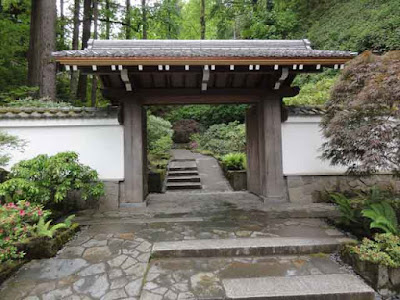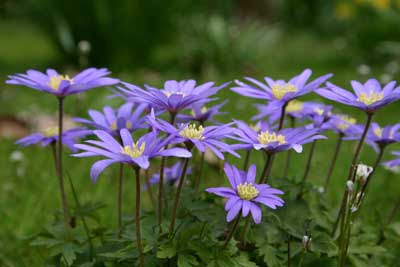Zombie Deer Disease Is Alarming
This article was passed along to me. It is disturbing. An infection called Chronic Wasting Disease is on the rise. It’s commonly called “zombie deer disease” because infected animals become very thin, disoriented, and have a vacant look in their eyes. “Chronic Wasting Disease (CWD) has been reported in at least 26 states in the continental United States and in four provinces in Canada”, the article reports.
“CWD is a transmissible spongiform encephalopathy disease found in deer, elk, moose, reindeer, and caribou. It is a progressive disease that is always fatal.” It is similar to bovine spongiform encephalopathy (BSE, also known as “mad cow disease”).
“The disease is believed to be caused by abnormal proteins called prions, which are thought to cause damage to other normal prion proteins that can be found in tissues throughout the body. They are most often found in the brain and spinal cord, leading to brain damage and development of prion diseases. Infected brain cells eventually burst, leaving behind microscopic empty spaces in the brain matter that give it a ‘spongy’ look.”
Zombie Deer Disease Is Spreading
The disease is spread through saliva, feces and urine of infected animals. Contact with diseased tissue such as the brain, spinal cord and lymph nodes can also transmit it.
Prior to 2000, it was only documented in a few counties in Colorado, Wyoming and Nebraska. It has now spread to areas as far east as Virginia, Pennsylvania and Maryland, and as far south as Tennessee, Arkansas, Mississippi and Texas. See this map for greater detail.
What does this have to do with gardeners?
Unfortunately, deer seem to be more prevalent in yards and gardens than ever before, even in urban areas. Until now, their depredations have been limited to vegetable patches and flower beds. Greater problems may arise.
Though experts say that CWD is not transmissible to humans at this time, the same was said about BSE a few years back. Then it was discovered that BSE could infect humans. So, scientists are being cautious.
How should we respond?
- Don’t panic. Remember that there are no documented cases of Chronic Wasting Disease having been transmitted to humans. Furthermore, cases of CWD in the Cervidae family – deer, elk, moose, reindeer, etc. – are limited, at this time. Chances are your county doesn’t show up on the map. If it does, the number of cases are probably quite few. If you live in or near a county where CWD has been documented, you should:
- Avoid contact with deer saliva, feces and urine. While it’s unlikely that a moose will lick you, or a deer pee on you, you or your children might find deer feces in your yard. Don’t touch it. (You wouldn't really, would you?)
- Check with your state Department of Natural Resources Game and Wildlife Division for statements on CWD.
- Hunters should wear gloves when field-dressing harvested deer, and avoid contact with brain, nerve and spinal cord tissue.
- Hunters harvesting deer in areas where CWD has been documented should consider having the meat tested for the disease. “As a precaution, they should avoid eating deer and elk tissues known to harbor the CWD agent (e.g., brain, spinal cord, eyes, spleen, tonsils, lymph nodes) from areas where CWD has been identified.”
For more information, read the following:

































